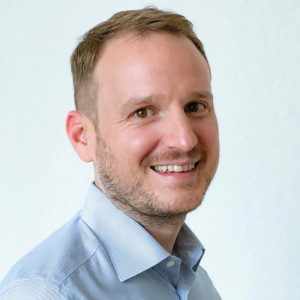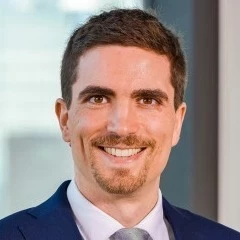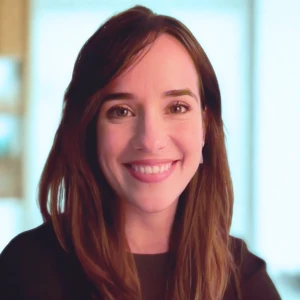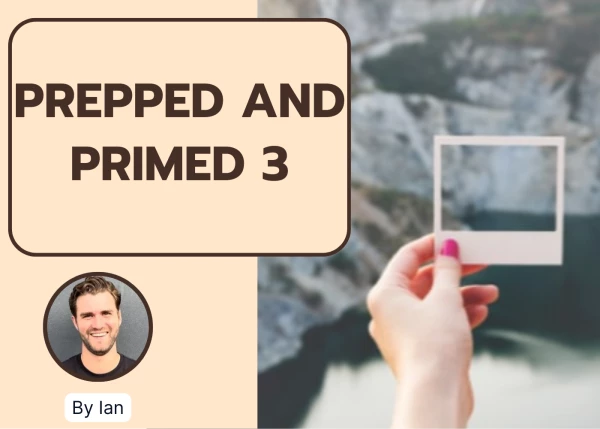Hello everyone,
I am having trouble at being creative while answering McKinsey style interviews structures and brainstorming questions.
For other types of cases, I have no problem with the structuring process (I can approach most questions without an issue). I have been told by peers, coaches and actual interviewers (from live consulting interviews) that I am MECE and very thorough.
How can I replicate the same with the McK interviews?
Mainly in regards to the below question:
What factors should you consider to (e.g. increase customers; reduce costs; reduce quitting teachers…)
I read somewhere that I need to consider indicators (e.g. revenues) and its components, stakeholders (price; quantity; distribution channels, customer segmentation, geography etc.…)


















